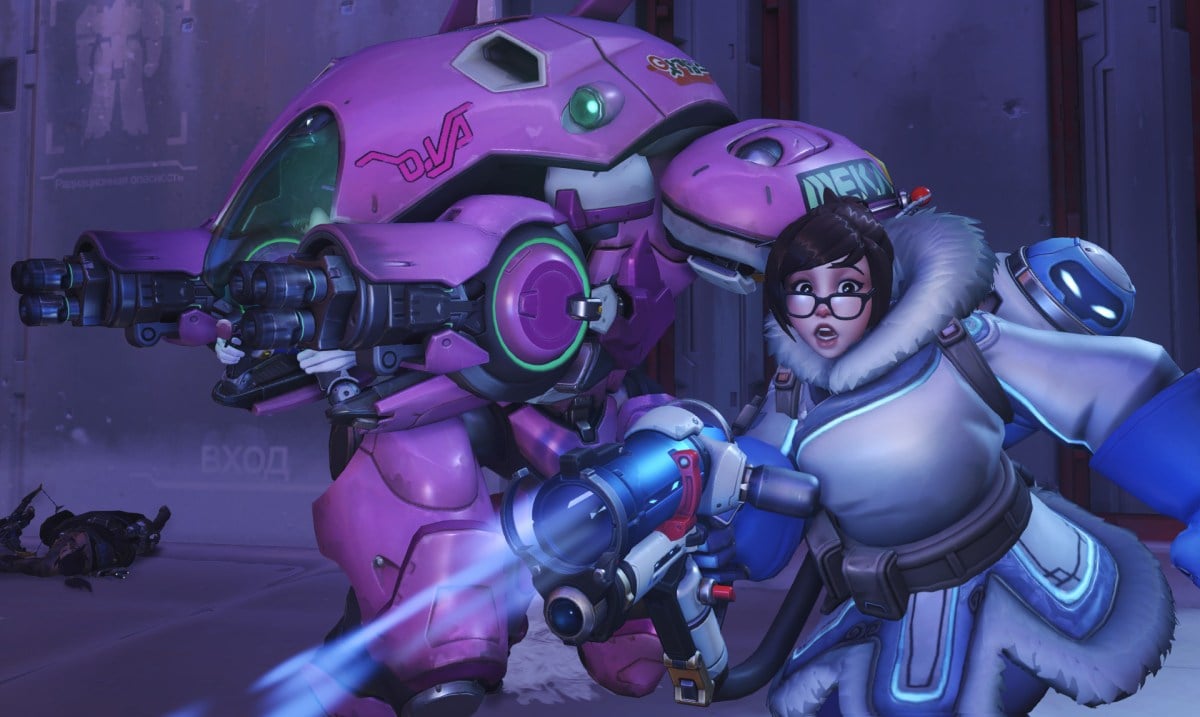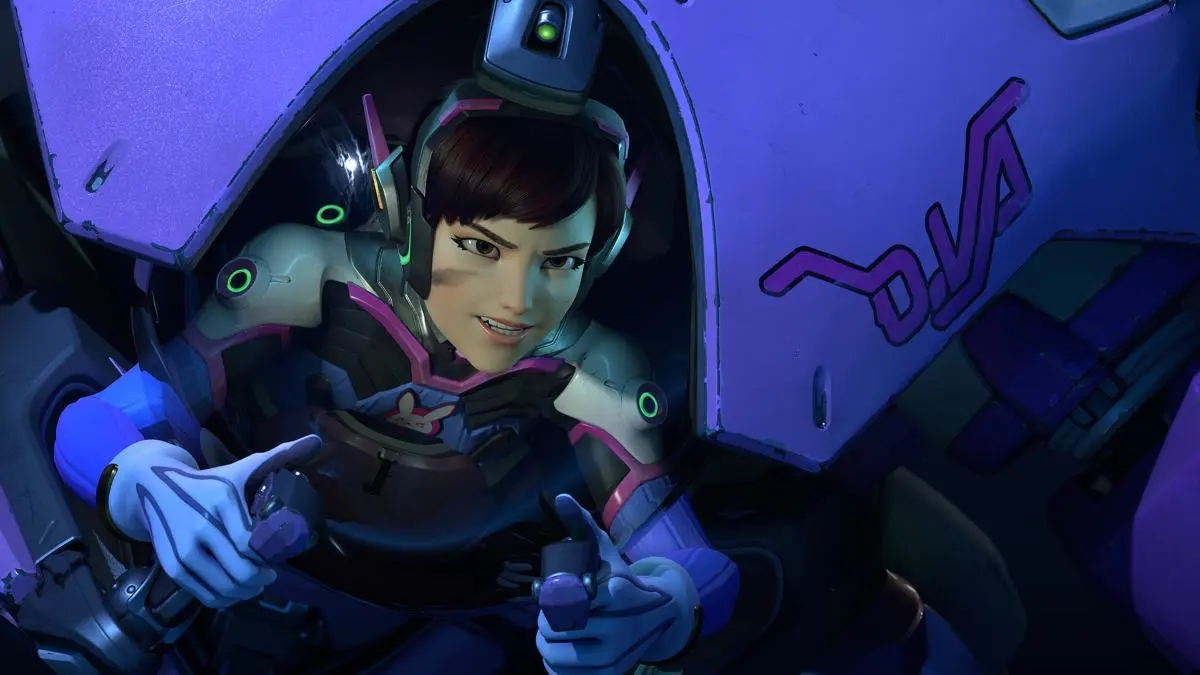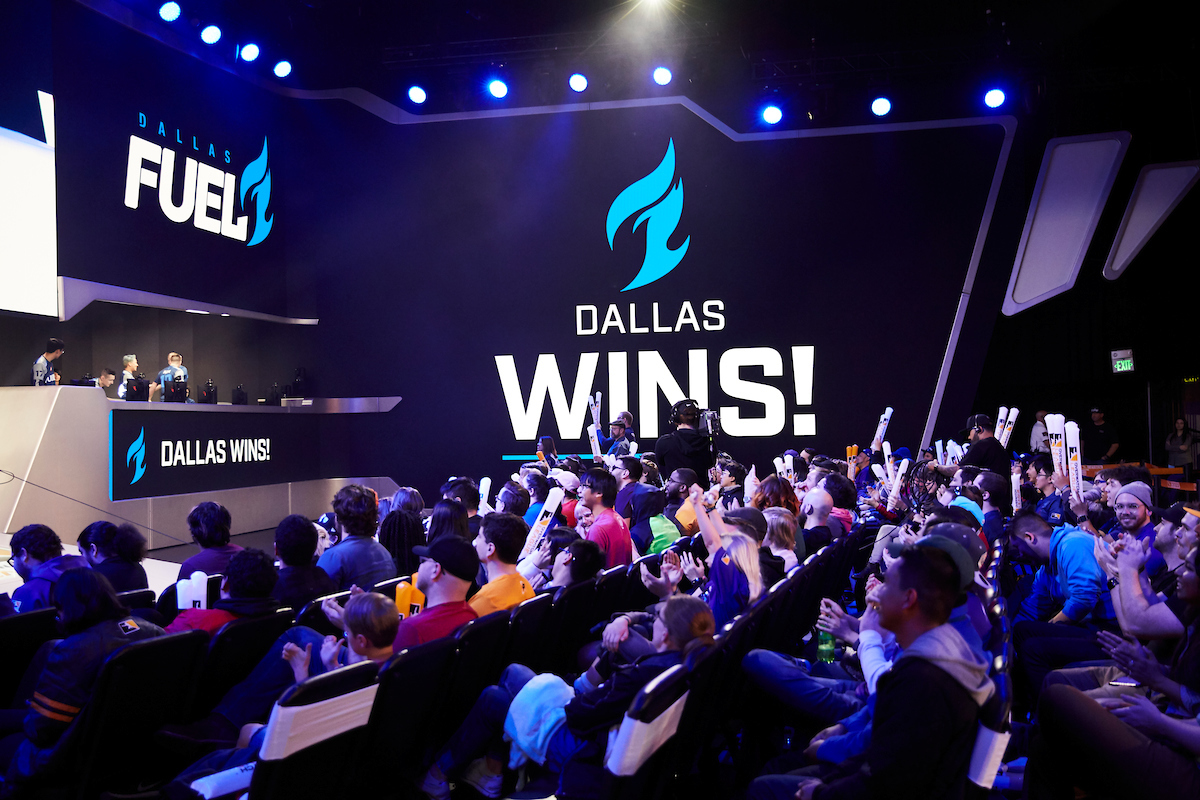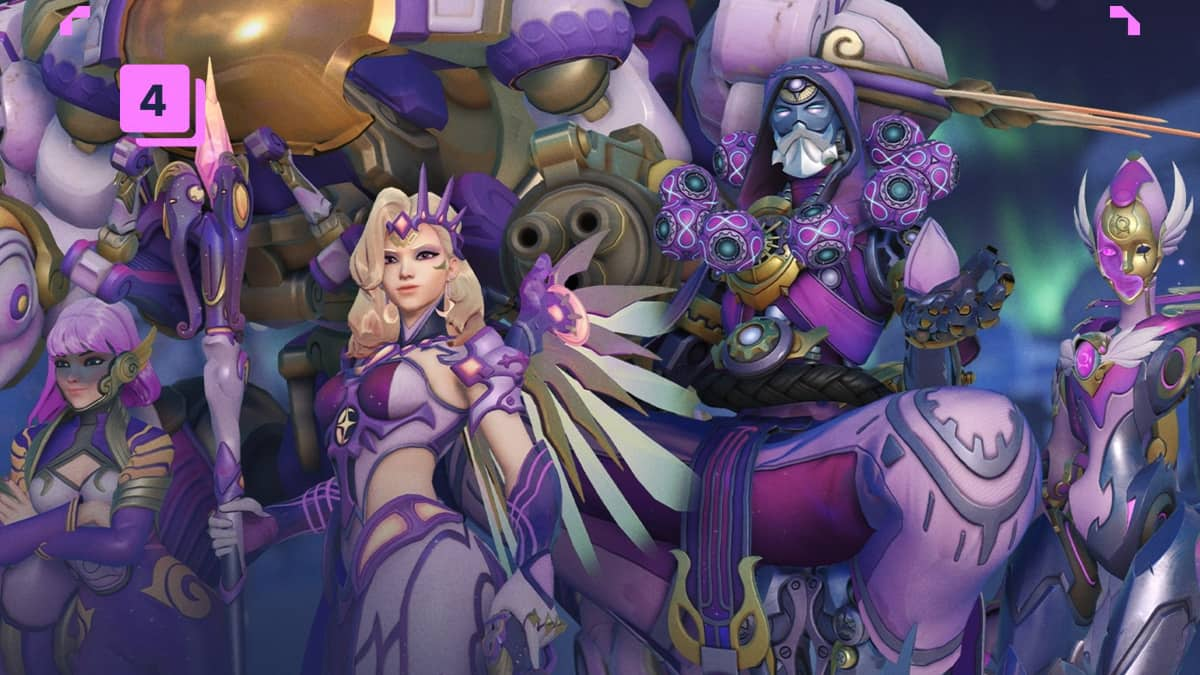Every failure teaches us something. Overwatch developers are working hard to embody that mindset this week.
Yesterday, the team announced that Hero Pools would be “indefinitely” removed from the game’s competitive mode. Hero Pools remain in the Overwatch League but have been extended beyond the standard one-week limit for the Summer Showdown tournament, which begins on June 13.
The Hero Pools feature, which effectively “banned” a selection of heroes from play each week, was created to spice up the game’s often stagnant meta or optimal team composition. While this worked to a certain degree in the professional scene, competitive mode players often saw Hero Pools used as a form of experimentation by the developers.
No matter how frustrating the results were, the feature worked as intended: players were forced to step wildly out of their comfort zones. With the developers retiring the system from competitive mode, we can now look back at the history of Overwatch’s Hero Pools experiment.
The beginning
At the end of January, lead game director Jeff Kaplan announced the introduction of Hero Pools to Overwatch. After months of players clamoring for a hero ban system, the Hero Pools feature was implemented as a way to assuage fears about future stagnant metas without committing to explicit bans. It began in competitive mode on March 5 and in the Overwatch League on March 7.
Hero Pools existed in two different states between professional players and regular competitive mode participants. Overwatch League Hero Pools were to be chosen by play rate data from the previous two weeks of competition, a system that’s evolved throughout the COVID-19 pandemic to include random selection from algorithms or the talent team. Overwatch League Hero Pools were also explicitly restricted to one support hero, one tank hero, and two DPS heroes each week.
Competitive mode Hero Pools were chosen by the developers, hand-picked to alter the dominant meta. Originally, competitive mode pools were to follow the same basic “rules” as the Overwatch League: one tank, one support, and two DPS heroes on the bench each week. As Hero Pools hit competitive mode, however, the apparent focus of the feature began to shift toward pure experiment and chaos.
The experimentation
On March 5, the first Hero Pools selections hit competitive mode and players were ecstatic. Overplayed and overpowered heroes, such as tank Orisa and DPS Mei, were removed from play during the first week. Along with Hanzo and Baptiste, the removal of these heroes allowed competitive mode players to see different compositions evolve, especially at high-level play. For a short while, Hero Pools did exactly what it promised to do by removing the incessant presence of a certain meta.
Almost instantly, however, experimentation started. In the second week of Hero Pools, supports Moira and Ana were both disabled, breaking the loose “rules” that Hero Pools had been introduced with. Two tanks, Roadhog and Sigma, were disabled during the third week.
Just as players were getting used to the curveballs that the developers were throwing at them each week, four hitscan DPS heroes were disabled in a single week due to Hero Pools. The next week, only three heroes were disabled for unknown reasons. This wild variation and lack of explanation from the developers about each week’s Hero Pools led to frustration among many players.
The unrest
Overwatch players who were hoping for a less stagnant meta were now faced with the opposite problem: an unpredictable and often unfounded set of weekly heroes that left the development of strategies nearly impossible. Professional players also felt the hit since Overwatch League Hero Pools differed from competitive mode selections, leaving them unable to practice their selected heroes in a ranked setting.
On April 13, Hero Pools were unified between the Overwatch League and competitive mode. While this solved a set of problems highlighted by the pros, unified Hero Pools quickly became a bigger issue than anyone expected.
Because Hero Pools had to now reflect both Overwatch League play and high-level ranked competition, the data for eligible heroes shifted wildly in the favor of competitive mode players. High-level play can often mimic the compositions seen in the Overwatch League, but competitive mode often rewards unorthodox hero choices, which was reflected in eligibility data.
This is partially how Echo, a new Overwatch hero, was disabled from Overwatch League play before she even debuted. Because Echo had a week of release time in competitive mode, she achieved an enormously high play rate that put her in the pool of heroes eligible to be disabled from league games.
Overwatch League players were unable to practice Echo in ranked mode a week before they were expected to play her at the highest level in official games. Beyond that, legions of competitive mode players had their shiny new toy taken away due to Hero Pools. For developers, that unrest may have been the last straw for competitive mode’s little experiment.
The downfall
Complaints from both competitive mode and professional players led to changes to the Hero Pools system, teased in a forum post on May 1. The Overwatch League was still subject to Hero Pools, much to the horror of coaches and some players, but competitive mode Hero Pools only affected the highest level of players. Master and Grandmaster players, who rank above 3,500 skill rating (SR) in competitive mode, would eventually receive the same Hero Pools as the Overwatch League. Since this was a large change, the system would be enabled during the next big patch update.
The Hero Pools feature was removed on May 4 as the developers worked to enable the weekly bans for high-level players only. After a month of no updates to the system, the developers finally removed competitive mode Hero Pools completely as of June 8.
With a single wave of the metaphorical developer banhammer, competitive mode Hero Pools now cease to exist. While the removal is upsetting for some players, this outcome is exactly what Kaplan promised would happen if the feature failed. “If we (the dev team and the community) don’t feel like [Hero Pools is] a positive change during Season 21, then we won’t bring it back,” Kaplan said in a January forum post.
For those who believe that Hero Pools in competitive mode was a massive waste of time or a permanent scar on the game’s history, consider the alternative: the Overwatch team could have done nothing at all.
“Something we talk about a lot in game design is that there is often no one, correct answer. Design is all about tradeoffs,” Kaplan said. “If the thing that the community decides is ‘the most egregious’ is a ‘static meta’ and they ‘want the dev team to do something about it’… we’re going to take steps towards change.”
Hero Pools was a step taken that turned out to be ultimately unnecessary. The feature was short-lived, but it’s a testament to the development team’s ability to tackle a change from a different angle. Any failed experiment is better than one never attempted at all.






Published: Jun 9, 2020 05:00 pm